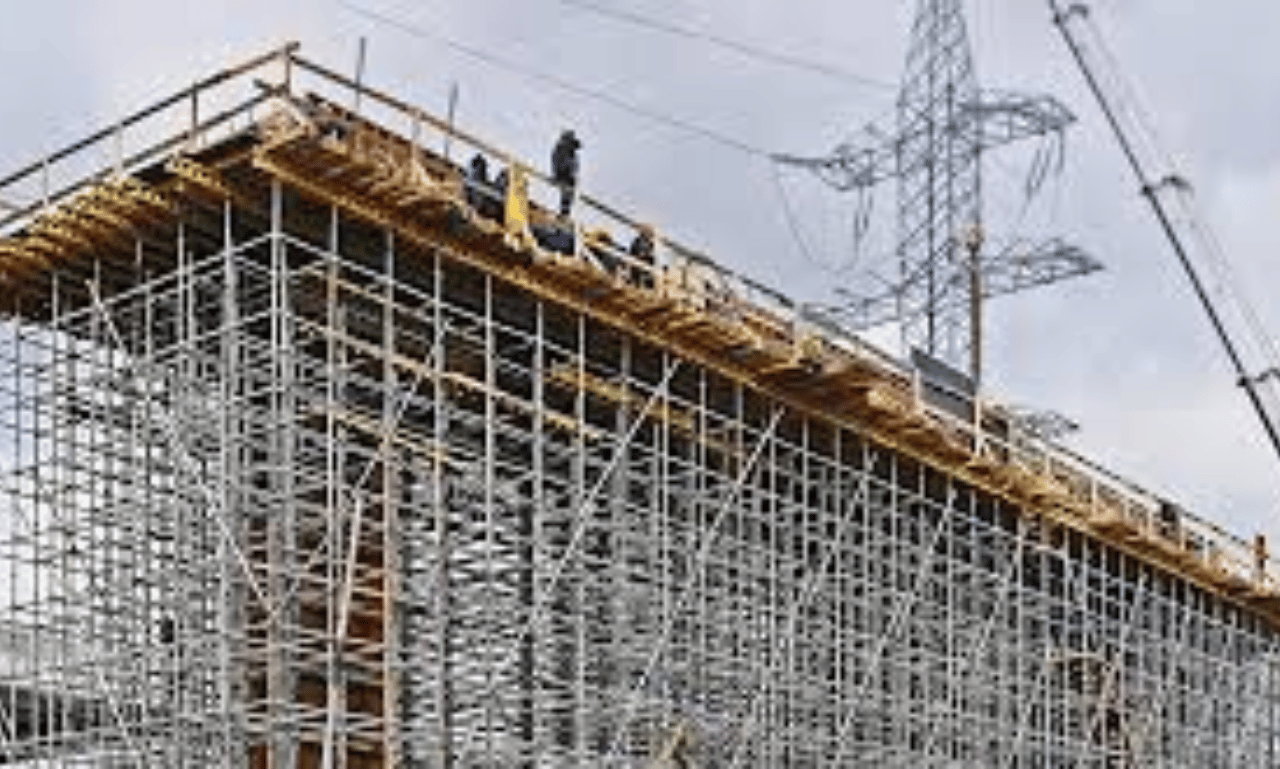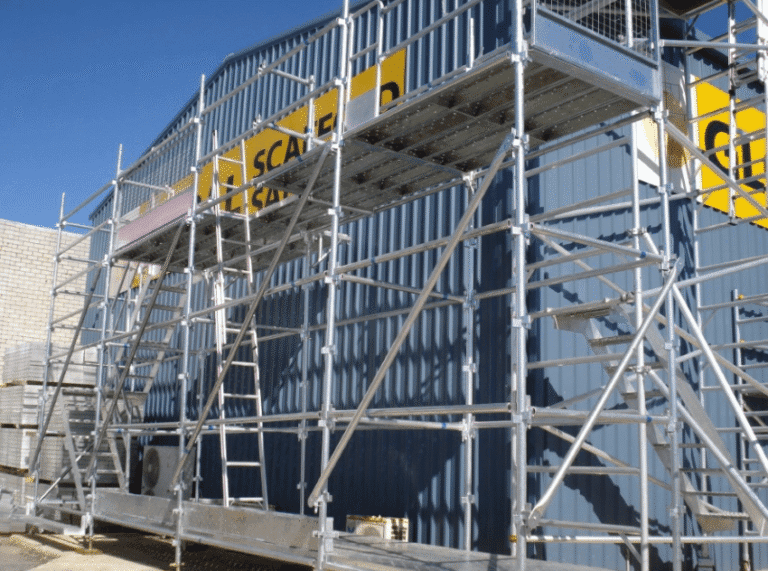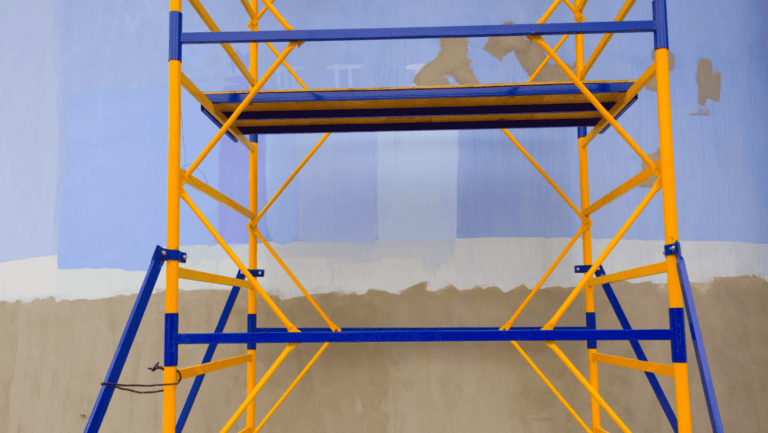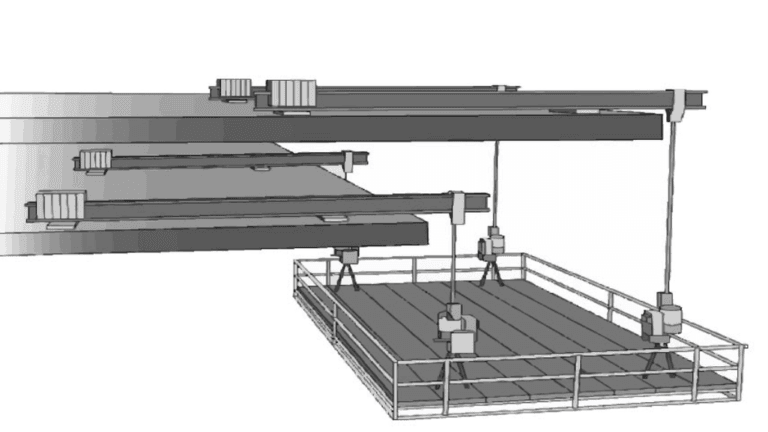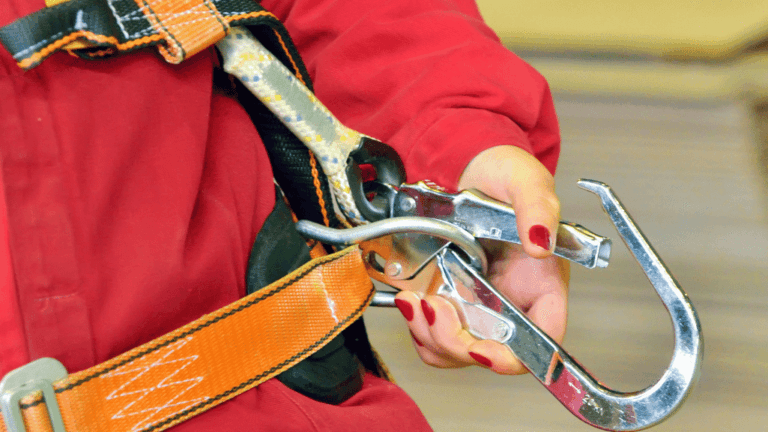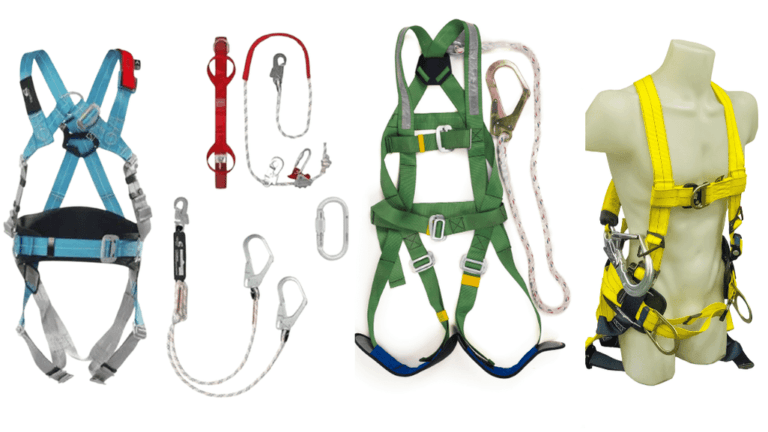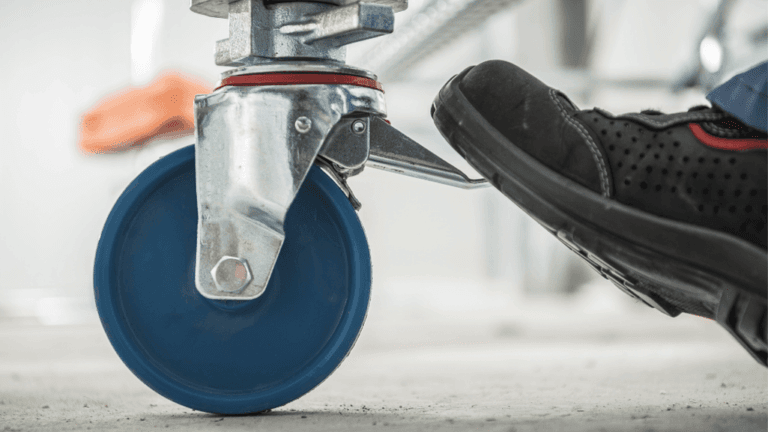Phone:
(+65)8319-0742
Welcome to our comprehensive guide on scaffold parts and essential components for construction projects. If you’re involved in the construction industry, understanding the various scaffold parts and accessories is crucial for the safety and efficiency of your projects. In this guide, we will walk you through the different components that make up a scaffold system, their purposes, and how they contribute to the overall structure.
Key Takeaways:
- Scaffold parts and accessories are vital for safe and secure construction projects.
- Understanding the purpose of each component ensures proper assembly and functionality.
- Compliance with OSHA standards is essential for the safety of workers.
- Base plates, standards, ledgers, transoms, bracing, platform/decking, clamps, ties, and accessories are essential scaffold components.
- Proper installation and connection of scaffold parts ensure stability and prevent accidents.
Base Plate
The base plate is a crucial component of scaffolding that provides stability and evenly distributes the weight of the scaffold structure. It is a flat supporting plate or frame that is mounted on the ground to support the upright standards.
Base plates come in different types to suit various scaffold configurations. The most common types of base plates are:
- Flat base plate
- Angle flat base plate
- Ribbed or spigot base plate
The choice of base plate depends on the specific requirements of the scaffold and the surface it will be installed on.
The dimensions of the base plate are important for ensuring stability. The standard size of a base plate is typically 150mm x 150mm. Additionally, the steel base plate should have a thickness of at least 6mm to provide adequate support.
For further stability and load distribution, a mud sill can be used underneath the base plate. A mud sill is a thick wooden plank or block placed between the base plate and the ground. It helps to spread the weight of the scaffold over a larger area and protect the ground surface.
Table: Base Plate Dimensions
| Base Plate Type | Dimensions (mm) |
|---|---|
| Flat | 150 x 150 |
| Angle Flat | 150 x 150 |
| Ribbed or Spigot | 150 x 150 |
When it comes to the sole plate, which is another term for the base plate, the recommended dimensions are 200mm in width and 25mm in thickness. These measurements ensure stability and distribute the load effectively.
Standards
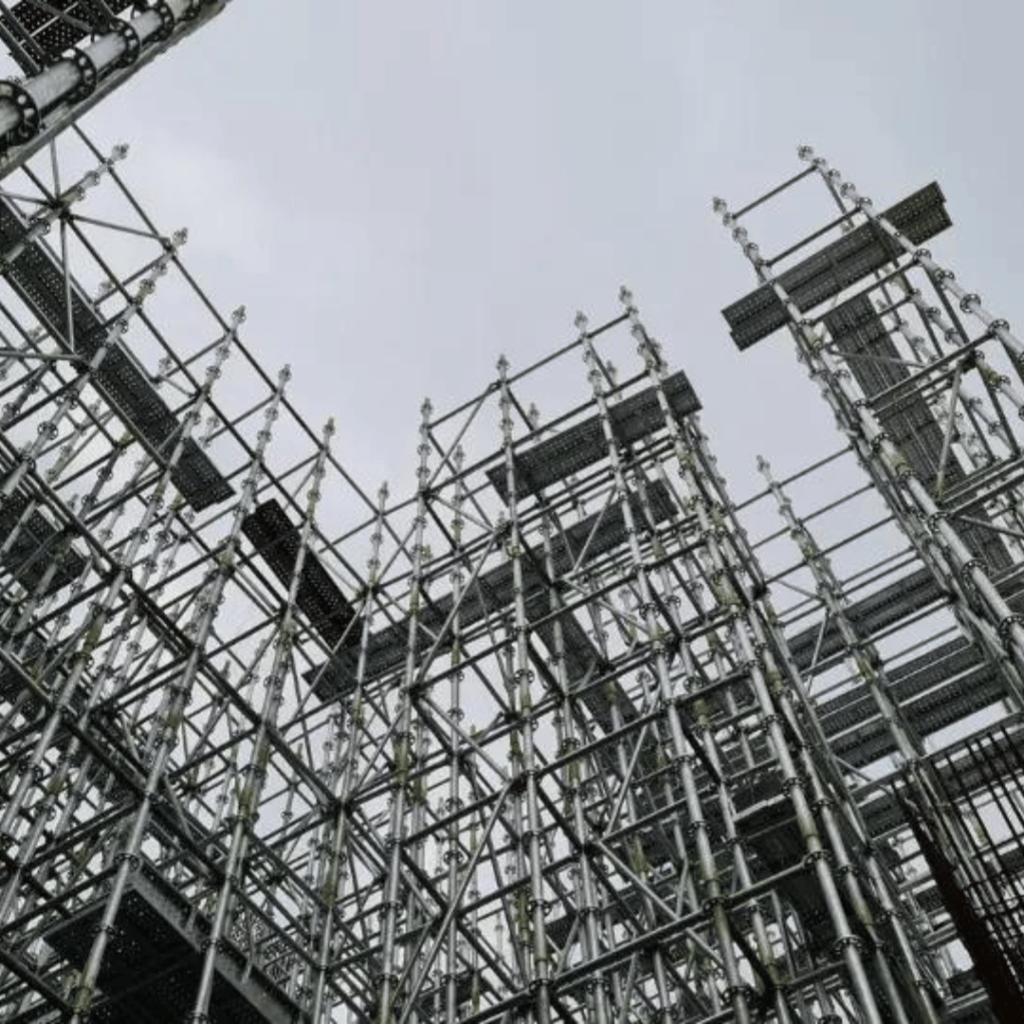
In scaffolding, standards, also known as uprights or legs, play a crucial role in transferring the weight of the scaffold to the ground. Typically made of steel or aluminum, these vertical tubes provide the structural support necessary for the scaffold system. The standards come in standard lengths and are connected to the base plates, creating a stable foundation for the scaffold structure. The connection between the standards and the base plates is often achieved using pin and socket joints, ensuring a secure and reliable assembly.
The choice of material for the standards depends on various factors, including the specific requirements of the scaffold and the desired level of durability. Steel standards are known for their strength and robustness, making them suitable for heavy-duty applications. Aluminum standards, on the other hand, offer a lightweight alternative without compromising on stability.
When selecting standards for a scaffold, considerations such as size, material, and spacing are vital to ensuring the structural integrity and safety of the system. Factors such as the height and load capacity of the scaffold must be taken into account when determining the appropriate standard size. Additionally, compliance with scaffold standards, such as those outlined by organizations like OSHA, is essential to maintain a safe working environment.
The following table provides an overview of the different types of standards and a comparison between steel and aluminum standards:
| Type | Material | Characteristics |
|---|---|---|
| Steel Standards | Steel | Durable, strong, suitable for heavy loads |
| Aluminum Standards | Aluminum | Lightweight, corrosion-resistant, ideal for portable scaffolds |
Steel vs. Aluminum Standards
When choosing between steel and aluminum standards, it is essential to consider the specific needs of the construction project. Steel standards are known for their durability and strength, making them a preferred choice for heavy-duty applications. They can withstand significant loads and offer exceptional stability.
On the other hand, aluminum standards are lightweight and corrosion-resistant, making them an excellent choice for portable or temporary scaffolding. Their lightweight nature allows for easy transportation and assembly, while their corrosion resistance ensures longevity even in harsh weather conditions.
Ultimately, the decision between steel and aluminum standards depends on the specific requirements of the project, taking into account factors such as load capacity, project duration, and budget considerations.
Ledgers
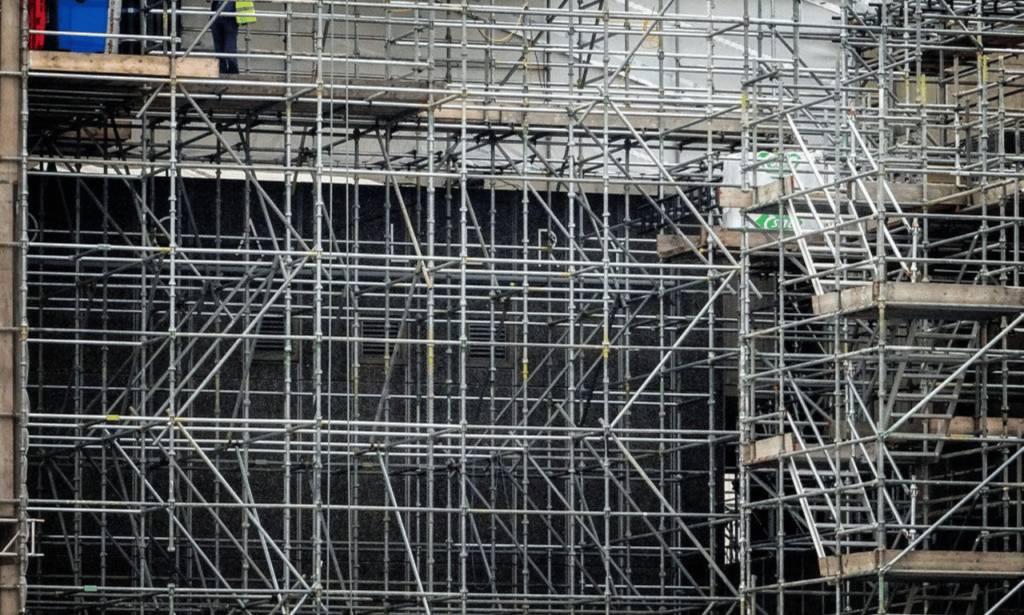
Ledgers, also called runners, are horizontal tubes that run parallel to the building’s wall and provide support for the working platform of the scaffold. They play a critical role in maintaining stability and ensuring the safety of workers. Ledgers are placed between each standard, forming the framework that supports the scaffold’s horizontal platforms.
One of the primary functions of the ledgers is to determine the height at which the working planks or decks are staged. By positioning the ledgers at different levels, workers can access different areas of the construction site efficiently.
When it comes to material choice, ledgers are typically made of steel or aluminum. Steel ledgers offer exceptional strength and durability, making them suitable for heavy-duty construction projects. On the other hand, aluminum ledgers are lightweight and corrosion-resistant, making them ideal for projects that require easy transportation and flexibility.
It is important to note that in some scaffolding systems, ledgers also serve as transoms. Transoms are horizontal members that provide additional support and connect to the ledgers at right angles. They play a crucial role in reinforcing the standards and enhancing the overall stability of the scaffold structure.
Overall, ledgers play a vital role in supporting the scaffold platform and ensuring the safety of workers. Whether made of steel or aluminum, these horizontal tubes are essential components of a well-constructed scaffold system.
Transoms
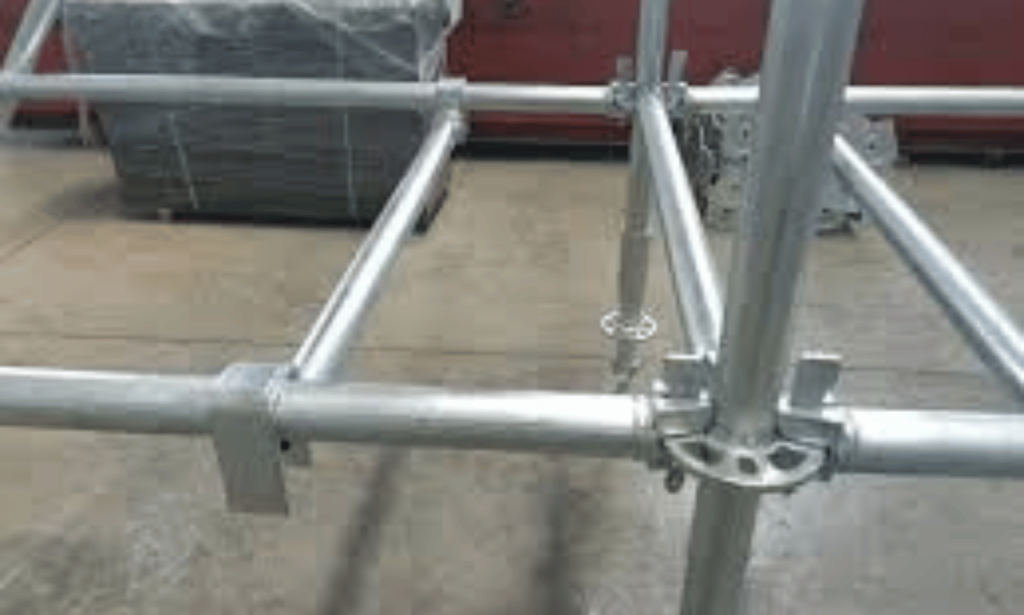
Transoms, also known as bearers, are horizontal members that play a crucial role in scaffolding systems. These transoms meet the ledgers at right angles and provide additional support for the standards and the working platform. They effectively distribute the load from the working platform to the main scaffolding framework, ensuring stability and safety.
Main transoms are responsible for holding the standards in position, while intermediate transoms contribute additional support between the main transoms. Putlogs are a specific type of transom that are attached directly to the building wall. They serve as horizontal members to support working platforms, allowing workers to safely access different areas of the construction site.
Transoms come in different types to accommodate various construction needs. They can be made of either steel or aluminum, offering flexibility and durability in different working environments. The choice between steel and aluminum transoms depends on factors such as load-bearing capacity, site conditions, and budget considerations. Steel transoms are known for their strength and robustness, while aluminum transoms are lighter and more resistant to corrosion.
Ultimately, the selection of the appropriate transoms is crucial to ensuring the overall stability and safety of the scaffolding system. By providing essential horizontal support to the standards, transoms play a vital role in maintaining the integrity of the scaffold and facilitating efficient construction operations.
Main Transoms:
- Hold the standards in position
- Provide horizontal support
Intermediate Transoms:
- Offer additional support between main transoms
- Contribute to overall scaffold stability
Putlogs:
- Attached directly to the building wall
- Support working platforms
Bracing
Bracing plays a crucial role in reinforcing the rigidity and stability of scaffolding. By utilizing diagonal tubes known as braces, scaffolds can effectively control the “unbraced length” and prevent the scaffold leg from falling over. Bracing enhances the overall structural integrity and ensures the safety of workers on site.
There are various types of braces used in scaffolding, each serving a specific purpose:
- Cross braces: These braces run diagonally between ledgers and standards, providing lateral support and increasing the rigidity of the scaffold. They play a key role in distributing the weight and stress evenly across the scaffold structure.
- Façade braces: Attached to the face of the scaffold, façade braces further enhance the stability and rigidity of the scaffold system. They help support the entire scaffold framework, ensuring its ability to withstand external forces.
- Bamboo braces: In bamboo scaffolding, bamboo braces are commonly used. They contribute to the overall stability of the scaffold structure while utilizing the unique properties of bamboo.
Braces are typically made of galvanized steel, which provides excellent durability and resistance to corrosion. The use of high-quality materials helps maintain the structural integrity of the scaffolding system over the course of the construction project.
Benefits of Scaffold Bracing:
Scaffold bracing offers several advantages, including:
- Increased Rigidity: Bracing significantly enhances the rigidity of the scaffold, making it more stable and secure for workers.
- Improved Safety: By controlling the unbraced length and preventing leg collapse, bracing enhances worker safety and reduces the risk of accidents.
- Structural Integrity: Braces distribute weight and stress effectively, minimizing the chances of scaffold failure and ensuring the overall structural integrity of the system.
- Compliance with Regulations: Proper bracing is crucial for meeting regulatory requirements and maintaining a safe working environment that adheres to industry standards.
Well-designed and properly installed braces are essential components of a reliable scaffolding system, providing the necessary support and stability required for construction projects of all sizes.
Platform/Decking
The platform or decking is a critical component of a scaffold, providing a safe and sturdy working surface for construction workers. It is where they stand, move, and place their tools while working at height. The platform is typically made up of planks or decks that distribute the weight evenly and ensure stability.
When it comes to materials for the platform, there are several options available, depending on the specific requirements of the construction project. Here are a few commonly used deck materials:
1. Wood
Wooden planks have long been a popular choice for scaffold platforms. They are easy to install and provide a comfortable, non-slip surface for workers. However, wood requires regular maintenance, such as sanding and sealing, to prevent warping, splintering, or decay. It is important to use high-quality, treated wood that meets safety standards.
2. Aluminum
Aluminum platforms offer durability and lightweight design, making them ideal for quick and easy assembly. They are resistant to corrosion, weather conditions, and fire. Aluminum decking is often used in industrial, commercial, and residential scaffolding applications.
3. Aluminum Frame with Plywood Board
This type of platform combines the strength of an aluminum frame with the stability and rigidity of a plywood board. The aluminum frame provides a sturdy structure, while the plywood board offers a solid working surface. The combination of these materials ensures both strength and versatility.
4. Hot-Dip Galvanized Steel
Hot-dip galvanized steel platforms are known for their exceptional strength and durability. They are resistant to corrosion and can withstand harsh weather conditions. Hot-dip galvanized steel decks are commonly used in heavy-duty construction projects where additional strength and stability are required.
In addition to selecting the appropriate deck material, it is essential to include accessories that enhance worker safety. These may include guardrails, toe boards, and other protective measures to prevent falls and accidents.
“The platform or decking is a crucial part of a scaffold, providing a safe and reliable surface for construction workers to carry out their tasks efficiently and securely.” – John Smith, Construction Safety Expert
Clamps/Connectors
In order to ensure the stability and strength of scaffold structures, clamps, also known as couplers or connectors, are used to join different scaffold components together. These connectors play a crucial role in creating a secure and reliable scaffold system.
There are various types of couplers, each serving different connection purposes:
- Putlog couplers: These couplers are designed to securely connect transoms or ledgers to the scaffold standards, creating a stable horizontal platform.
- Swivel couplers: Swivel couplers allow for the connection of scaffold tubes at various angles, enhancing the flexibility and adaptability of the system.
- Right angle couplers: Right angle couplers are used to create right-angle connections between tubes, enabling the construction of complex scaffold structures.
Couplers are typically manufactured from drop-forged steel or pressed steel, ensuring durability and strength. Additionally, many couplers undergo a hot-dip galvanization process, providing corrosion resistance and prolonging their lifespan.
When selecting the appropriate clamps/connectors for your scaffold, consider the specific requirements of your project, including load capacity, tube size compatibility, and the overall configuration of the scaffold system. By utilizing the right clamps/connectors, you can create a reliable and secure scaffold structure that meets the needs of your construction project.
Ties
Ties are an essential component of scaffold systems as they provide crucial stability and prevent the scaffold from tipping or swaying. These ties are used to secure the scaffold to the building or structure it is attached to, ensuring a safe and secure working environment for construction workers.
Scaffold ties serve as anchor points that connect the scaffold securely to structures. This connection is vital to maintaining lateral stability and preventing any movement that could compromise worker safety. By properly anchoring the scaffold, ties prevent accidents and ensure optimal working conditions.
There are various types of ties, each serving a unique purpose depending on the scaffold’s design and the specific requirements of the construction project. Some common types of ties include:
- Raker ties: These diagonal ties are used to connect the scaffold to the building or structure at an angle, providing additional lateral stability. They are particularly useful when working on facades or structures with sloping surfaces.
- Putlog ties: Putlog ties are used to secure the scaffold to the building or structure using putlogs, which are horizontal members attached directly to the wall. These ties are commonly used in masonry construction.
To attach the ties to the scaffold, various connectors such as tie tubes or couplers are used. These connectors ensure a secure and reliable connection between the scaffold and the anchor points.
By utilizing the appropriate type of tie and ensuring proper installation, construction professionals can guarantee the safety and stability of the scaffold. It is crucial to understand and follow industry regulations and best practices when implementing ties in scaffold systems.
Benefits of Properly Installed Ties:
| Benefits | Explanation |
|---|---|
| Enhanced stability | Reduce the risk of scaffold tipping or swaying, creating a secure working platform. |
| Improved safety | Provide a safe working environment for construction workers by preventing accidents or scaffold collapses. |
| Compliance with regulations | Ensure adherence to industry standards and regulations regarding scaffold stability and safety. |
It is crucial to consult with industry experts, adhere to local regulations, and follow manufacturer guidelines when selecting and installing scaffold ties. By doing so, construction professionals can ensure the safety and stability of their scaffold systems, minimizing risks and creating a productive work environment.
Conclusion
Scaffold parts are the essential components that ensure safe and secure construction projects. Understanding the different parts, such as base plates, standards, ledgers, transoms, bracing, platform/decking, clamps, ties, and other accessories, is crucial for the stability and functionality of the scaffold. By complying with OSHA standards and properly assembling scaffold parts, construction project safety can be effectively maintained.
Each scaffold part serves a specific purpose in creating a stable and reliable structure. Base plates provide a solid foundation, while standards transfer the scaffold’s weight to the ground. Ledgers and transoms offer horizontal support, and bracing reinforces rigidity. The platform or decking provides a safe working surface, and clamps/connectors join the different components together. Ties secure the scaffold to the building or structure.
Construction project safety depends on the correct installation and use of these essential scaffold components. Workers’ well-being and the successful completion of construction projects rely on proper assembly, regular inspections, and adherence to safety regulations. By understanding and implementing the scaffold parts guide, construction professionals can ensure the highest level of safety and efficiency in their projects.
FAQ
What are scaffold parts?
Scaffold parts are essential components used in construction projects to build temporary structures that provide platforms for workers and materials.
What are scaffolding accessories?
Scaffolding accessories refer to additional components used alongside scaffold parts to enhance safety and functionality, such as guardrails, toe boards, and ties.
What are construction scaffold components?
Construction scaffold components are the various parts that make up a scaffold system, including base plates, standards, ledgers, transoms, bracing, platform/decking, clamps, ties, and more.
What are scaffold fittings?
Scaffold fittings, also known as couplers or connectors, are used to join different scaffold components together, ensuring stability and strength in the scaffold structure.
What is scaffolding hardware?
Scaffolding hardware refers to the various metallic components used in scaffolding systems, including base plates, standards, ledgers, transoms, bracing, clamps, ties, and other connectors.
What are scaffold tube clamps?
Scaffold tube clamps, also called couplers, are used to connect scaffold tubes together at different angles, providing a secure and stable framework for the scaffold structure.
What are scaffold couplers?
Scaffold couplers, also known as connectors, are devices used to connect scaffold tubes and components, ensuring a stable and secure scaffold structure.
What are scaffold pins and clips?
Scaffold pins and clips are accessories used to secure scaffold components together, preventing accidental dislodging or movement by locking them in place.
What are scaffold planks and decks?
Scaffold planks and decks are the working surfaces of the scaffold where workers stand and place their tools. They can be made of wood, aluminum, aluminum frame with plywood board, or hot-dip galvanized steel.

